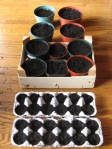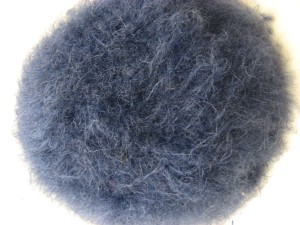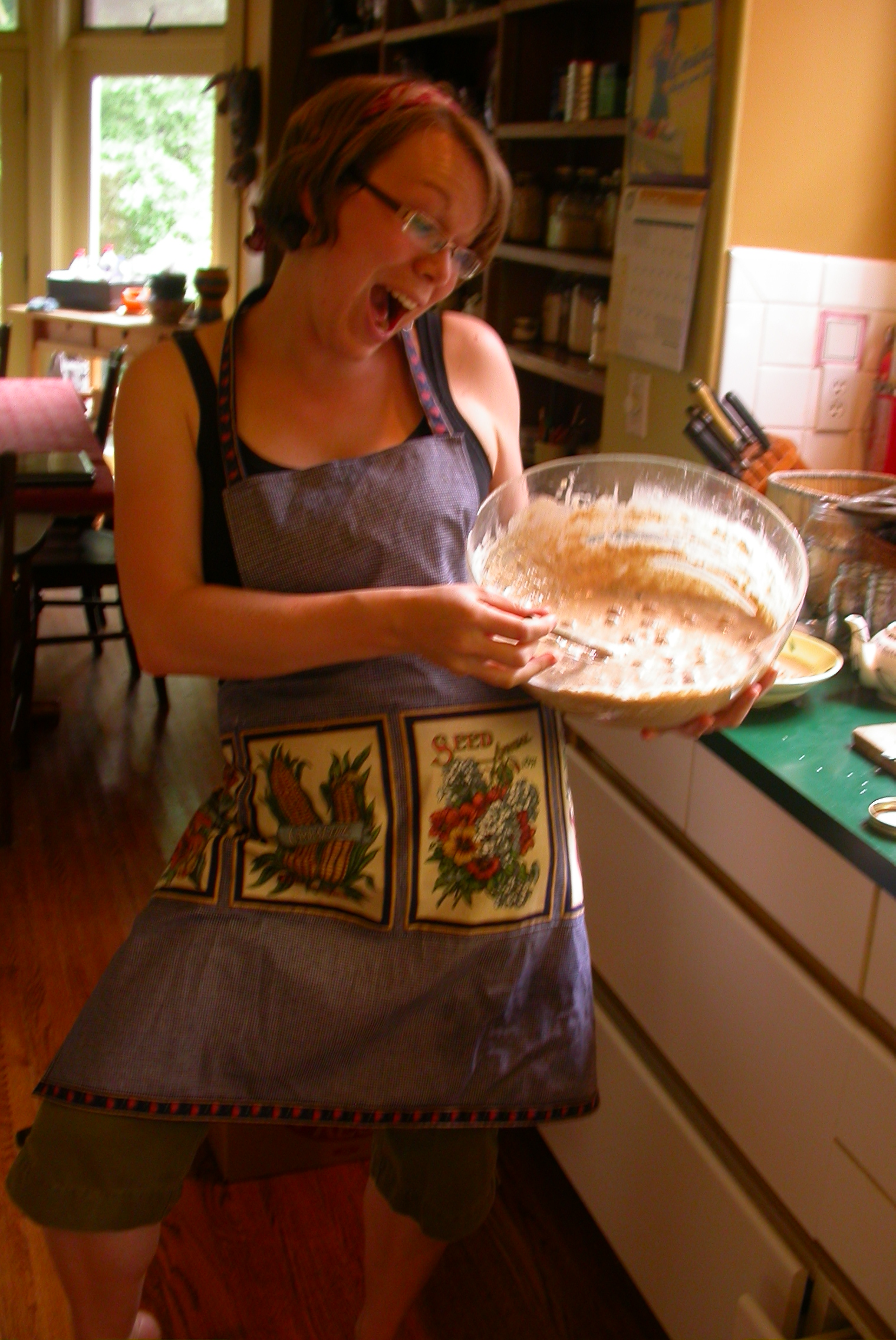It seems an odd time to be felting hats. Outside, I am convinced that spring has sprung. Sure, there may still be some snow on the ground, but since the clocks sprung forward and the glorious sun has decided to stay later in the day, it feels very spring-like indeed.
These past two weekends have been gloriously un-scheduled for me – a rarity after the past 3 months, and a luxury that I have been bathing in. Each weekend morning has started with roommates congregating in the sun room, books and big mugs of tea in hand, to laze around in the morning sun. Last weekend, Ashleigh and I got a bit ahead of ourselves and even started our seedlings (probably not the best timing, but we were riding the wave of spring-excitement and nothing was going to stop us!). And this weekend, it’s been all about crafting.
After felting with the Barter Babe a few weeks ago, I started reading more about other felting methods, like needle felting (still to be tried) and felting by knitting an item and throwing it in the wash.
I’m a big fan of knitting, and have become a bit of an expert at beanie hats. This winter along I churned out 6 of them – they’re fast, easy, and everyone can use them. But truth be told, I was ready to spice things up a bit. Enter the idea of making a oversized beanie hat and felting it down.
Materials
- 100% wool yarn
- A pair of size 9 needles
- A pair of size 6.5 needles
- A large eyed hand sewing needle
- Laundry Soap
- A washing machine
How to do it!
- To start, you need to knit your hat.
I had read that when you felt in a washing machine, things shrink about 30%, so I took my favourite hat pattern (see the end of the post for the pattern) and made it about 30% bigger. This was WAY too big.
- The hats I tend to make are on straight needles, so at the end you need to take your piece of yarn and use a hand sewing needle to stitch it together to become a hat. Kind of like this…
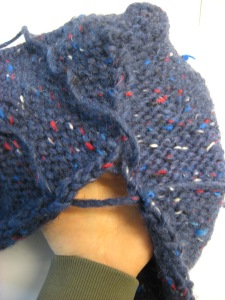
- The basics of felting are just like those described in my previous felting post. Hot water, soap and agitation basically causes the wool fibres to cling to each other for dear life and thus shrink in size. Last time, we did this by hand, but this time I tried using the machine.
- Put your machine on the smallest size setting, and the hottest water setting, add some soap and your hat and get started.

- In retrospect, I should have not allowed the washing machine to complete a full cycle, but instead should have kept it on the agitation cycle until the hat was the right size. But, this didn’t occur to me until later. So I just kept putting it into the wash over and over again and watched its progress. (I shudder to think of the amount of water I wasted in this process… yikes!). In any case, the progression was fairly amusing…
Before starting to felt. The hat was REALLY big.
After machine wash #1. Not much smaller.
After machine wash #2. Getting there. But I still look like a mushroom.
After machine wash #3. A fuzzy army helmet.
It totally almost fits!!! (This is after I caught on and kept the machine on the agitation cycle for the equivalent of three washes)
Woo! The Finished Product!
Other than the incredible amount of wasted water that occurred (which I feel completely and utterly guilty about), 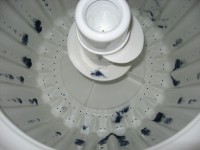 this was a totally hilarious project. In retrospect (again), I would have knit a hat somewhat smaller in size (maybe 15% bigger rather than 30%) although the density of the hat upon completion is fantastic!
this was a totally hilarious project. In retrospect (again), I would have knit a hat somewhat smaller in size (maybe 15% bigger rather than 30%) although the density of the hat upon completion is fantastic!
The only real downside was the state of my washing machine after the process was over…
The Hat Pattern
For those who want to make a beanie hat, here’s the pattern. The initial numbers are for a regular sized hat, and the ones in brackets are for the one I made to felt (not necessarily recommended)
Cast on 54 (80) stitches on Size 9 needles.
R1: K2(4) P2(4) to end.
R2: P2(4), K2(4) to end.
Repeat until ribbing is 2″ (4″) long.
Then, switch to Size 6.5 needles. Follow the pattern of knitting a row, and purling a row until you have completed about 6″ (10″) from the bottom (ie included the ribbing).
Then you start to decrease. **K6 (10), k2 tog.** Repeat the pattern between the ** to the end of the row. Then purl a row. Next **K5 (9), k2 tog**. Repeat to the end of the row. Then purl a row. Continue in this way until you K2 tog for each stitch. You should be left with ~10 stitches on your needle.
Cut a long end off your yarn, and use your large-eyed hand sewing needle to pass the yarn through the remaining stitches and sew up the hat. Voila! You’re done!
